TORONTO, ON / ACCESSWIRE / September 1, 2022 / Eskay Mining Corp. ("Eskay" or the "Company") (TSXV:ESK)(OTCQX:ESKYF)(Frankfurt:KN7) (WKN:A0YDPM) is pleased to announce maiden drilling at Scarlet Valley, a newly identified volcanogenic massive sulfide ("VMS") center near Scarlet Ridge, part of its 100% controlled Consolidated Eskay project, British Columbia. As of this news release, the Company has completed 22,272 m of diamond core drilling, approximately 74% of the 30,000m planned to be completed in 2022. Drill production is currently on target to reach this aggressive goal with four drills fully operational. Currently two drills are conducting step-out drilling of the Upper Stockwork Zone at TV, and two drills are beginning to define the extent of the intensely mineralized Scarlet Valley target. Preparations are underway to drill the Tarn Lake target immediately following completion of drilling at Scarlet Valley.
"Our prospecting and mapping team's work is rapidly identifying and characterizing new VMS targets at Scarlet Ridge and Scarlet Valley, key to quickly advancing these from areas of interest into drilled targets that are now delivering significant sulfide-bearing mineralized intercepts," commented Dr. John DeDecker, Eskay Mining's VP of Exploration. "Mineralization and hydrothermal alteration are extremely intense and widespread throughout areas drilled to date. Much more visible sulfide mineralization awaits us at Scarlet Knob and Tarn Lake. Demonstrating we hold a VMS district by making new discoveries is our goal this season. We are fortunate to have a top-notch team in place to execute a very aggressive, flexible exploration program. So far, we are meeting our objectives set for the 2022 program on schedule."
Maiden drilling at Scarlet Valley is underway with drill hole SV22-1 intercepting 95 m of intense sulfide mineralization and hydrothermal alteration. Recent drilling at Scarlet Ridge has intercepted a zone of intense hydrothermal alteration and replacement-style sulfide mineralization. Drilling at Scarlet Ridge and Scarlet Valley as well as recent field investigations at Scarlet Knob-Tarn Lake (Figure 1) confirms the presence of replacement-style and stockwork VMS mineralization at all locations. Generally, sulfide mineralization is most intense proximal to east-west trending and vertically oriented basalt dikes suggesting that hydrothermal fluids exploited the same syn-volcanic structures as these dikes during their ascent to the seafloor/sub-seafloor environment.
A more detailed BLEG, clay-fraction stream sediment survey utilizing LiDAR topographic data collected in 2020 has been completed over the northeastern part of the Property, including Scarlet Valley, Scarlet Knob-Tarn Lake, Scarlet Ridge, and the northern flanks of the McTagg anticlinorium. These areas all have very strong BLEG anomalies identified during the 2020 program (Figure 1). This refined BLEG survey will allow further vectoring towards promising targets in this prolifically mineralized area. A similar detailed BLEG survey has also been completed over the 6 km trend of very strong BLEG anomalies in the vicinity of C10 and Vermillion to further refine targeting in that area.
Highlights from Scarlet Valley
- Maiden drilling is underway at Scarlet Valley (Figure 2) targeting extensive surface exposures of a VMS feeder zone (Figure 3) including replacement-style sulfide mineralization. Mineralization is hosted within rocks proximal to the contact between basalt dikes and surrounding andesite and volcaniclastic debris flows strongly suggesting the presence of syn-volcanic feeder structures. To date, 618 m have been drilled at Scarlet Valley. A second drill has recently been brought to Scarlet Valley to help define the extent of this highly prospective area before winter weather forces retreat to lower elevations.
- Intercepts from drill hole SV22-1 display intense mineralization and hydrothermal alteration interpreted as stockwork zone as well as sub-seafloor replacement-style mineralization within volcaniclastic debris flow breccia (Figures 4-6). Sulfide mineralization is intense between downhole depths of 1.0-80.0 m, and 100.0-113.0 m.
- Handheld XRF analyses of sulfide minerals in outcrop and drill core show consistently high concentrations of the Au pathfinder elements including Ag, As, Sb, Hg, and Zn. Handheld XRF cannot reliably measure Au concentrations.
- Prospecting and mapping teams have identified mineralized rock similar to that intercepted in SV22-1, extending at least 300 m eastward from the collar of this hole (Figures 2 and 3). Additional drilling will test eastward and uphill continuations of this mineralization.
- Geological mapping and drone imagery suggests the presence of laterally extensive horizons of replacement-style mineralization extending along strike from interpreted feeder zones. Preliminary investigations of drill core suggest that coarse-grained debris flows with a sandy matrix (Figure 6 bottom image) serve as preferential hosts for sub-seafloor replacement-style mineralization over debris flows muddy matrix material. These observations suggest that greater porosity of coarser-grained matrix material enhances permeability of this host rock thus making it more favorably hydrothermally altered and mineralized. Identification and definition of these coarse-matrix horizons is a key component of current mapping efforts at Scarlet Valley.
- Hole SV22-1 was drilled to a depth of 618 m, under the valley floor, in order to enable three-dimensional geologic modeling of favorable horizons for replacement-style mineralization along strike. Sporadic mineralized intervals, up to 10% sulfide content, occur throughout SV22-1, suggesting favorable horizons for replacement-style mineralization continue to the vicinity of the valley floor to the west.
Highlights from Scarlet Ridge
- Maiden drilling at Scarlet Ridge has been completed consisting of five drill holes targeting a zone of sulfide stockwork mineralization and hydrothermal alteration exposed at the surface (Figure 7).
- Drill holes SR22-1, -2, -3, and -4 intercepted a zone of intense hydrothermal alteration and pyrite mineralization hosted by autoclastic andesite breccias displaying perlitic texture (Figures 8 and 9). Perlite is a type of volcanic glass that forms by hydration of lava after cooling, and is characterized by concentric circular fractures in the rock. These fractures appear to have served as conduits for hydrothermal fluids, producing a distinct style of mineralization and hydrothermal alteration at Scarlet Ridge.
- Handheld XRF indicates that sulfide mineralization in drill core is associated with elevated values of the Au pathfinder element As. Handheld XRF cannot reliably measure Au concentrations.
- Two stages of sulfide mineralization are evident at Scarlet Ridge. An early-stage is VMS-related and is associated with clay and chlorite alteration followed by pervasive silicification and stockwork sulfide mineralization in perlitic andesite. This mineralization is associated with intense hydrothermal alteration and sulfide replacement of andesite and volcaniclastic debris flow breccias. Late-stage sulfide mineralization is associated with quartz-carbonate-pyrite veins crosscutting early-stage mineralization and is believed to be associated with late deformation and mountain-building events.
Highlights from Scarlet Knob-Tarn Lake
- Recent field investigations of an area north of Tarn Lake have confirmed the presence of VMS feeder-style mineralization hosted along the contacts between flow-banded rhyolite and cross-cutting east-west trending basalt dikes. Weathering of sulfide mineralization has generated intensely gossanous rock (Figure 10). It is interpreted that this mineralization connects with that found at nearby Scarlet Knob (Figure 11) situated due east on the other side of Bruce Glacier.
- Semi-massive to massive sulfide occurs at surface (Figure 12). Handheld XRF analyses of sulfide mineralization shows high concentrations of the Au pathfinder elements Ag, As, and Sb. Handheld XRF cannot reliably measure Au concentrations.
- Ag-sulfosalt minerals freibergite and pyrargyrite (Figure 13) are disseminated throughout massive sulfide shown in Figure 12 thus explaining elevated pathfinder element concentrations as determined by XRF.
- Preparations are underway to drill at Tarn Lake during the 2022 season.
To date, Eskay Mining has completed approximately 22,272m of diamond core drilling, approximately 74% of the 30,000m planned for 2022. Thus far, drilling has occurred at Jeff North, Scarlet Ridge, TV and Scarlet Valley. At present, four drills are fully operational and drill production is on track to reach Eskay's aggressive goal of 30,000 m.
Dr. Quinton Hennigh, P. Geo., a Director of the Company and its technical adviser, a qualified person as defined by National Instrument 43-101, has reviewed and approved the technical contents of this news release.
About Eskay Mining Corp:
Eskay Mining Corp (TSX-V:ESK) is a TSX Venture Exchange listed company, headquartered in Toronto, Ontario. Eskay is an exploration company focused on the exploration and development of precious and base metals along the Eskay rift in a highly prolific region of northwest British Columbia known as the "Golden Triangle," 70km northwest of Stewart, BC. The Company currently holds mineral tenures in this area comprised of 177 claims (52,600 hectares).
All material information on the Company may be found on its website at www.eskaymining.com and on SEDAR at www.sedar.com.
For further information, please contact:
| Mac Balkam President & Chief Executive Officer | T: 416 907 4020 E: Mac@eskaymining.com |
Neither the TSX Venture Exchange nor its Regulation Services Provider (as that term is defined in the policies of the TSX Venture Exchange) accepts responsibility for the adequacy or accuracy of this release.
Forward-Looking Statements: This Press Release contains forward-looking statements that involve risks and uncertainties, which may cause actual results to differ materially from the statements made. When used in this document, the words "may", "would", "could", "will", "intend", "plan", "anticipate", "believe", "estimate", "expect" and similar expressions are intended to identify forward-looking statements. Such statements reflect our current views with respect to future events and are subject to risks and uncertainties. Many factors could cause our actual results to differ materially from the statements made, including those factors discussed in filings made by us with the Canadian securities regulatory authorities. Should one or more of these risks and uncertainties, such as actual results of current exploration programs, the general risks associated with the mining industry, the price of gold and other metals, currency and interest rate fluctuations, increased competition and general economic and market factors, occur or should assumptions underlying the forward looking statements prove incorrect, actual results may vary materially from those described herein as intended, planned, anticipated, or expected. We do not intend and do not assume any obligation to update these forward-looking statements, except as required by law. Shareholders are cautioned not to put undue reliance on such forward-looking statements.
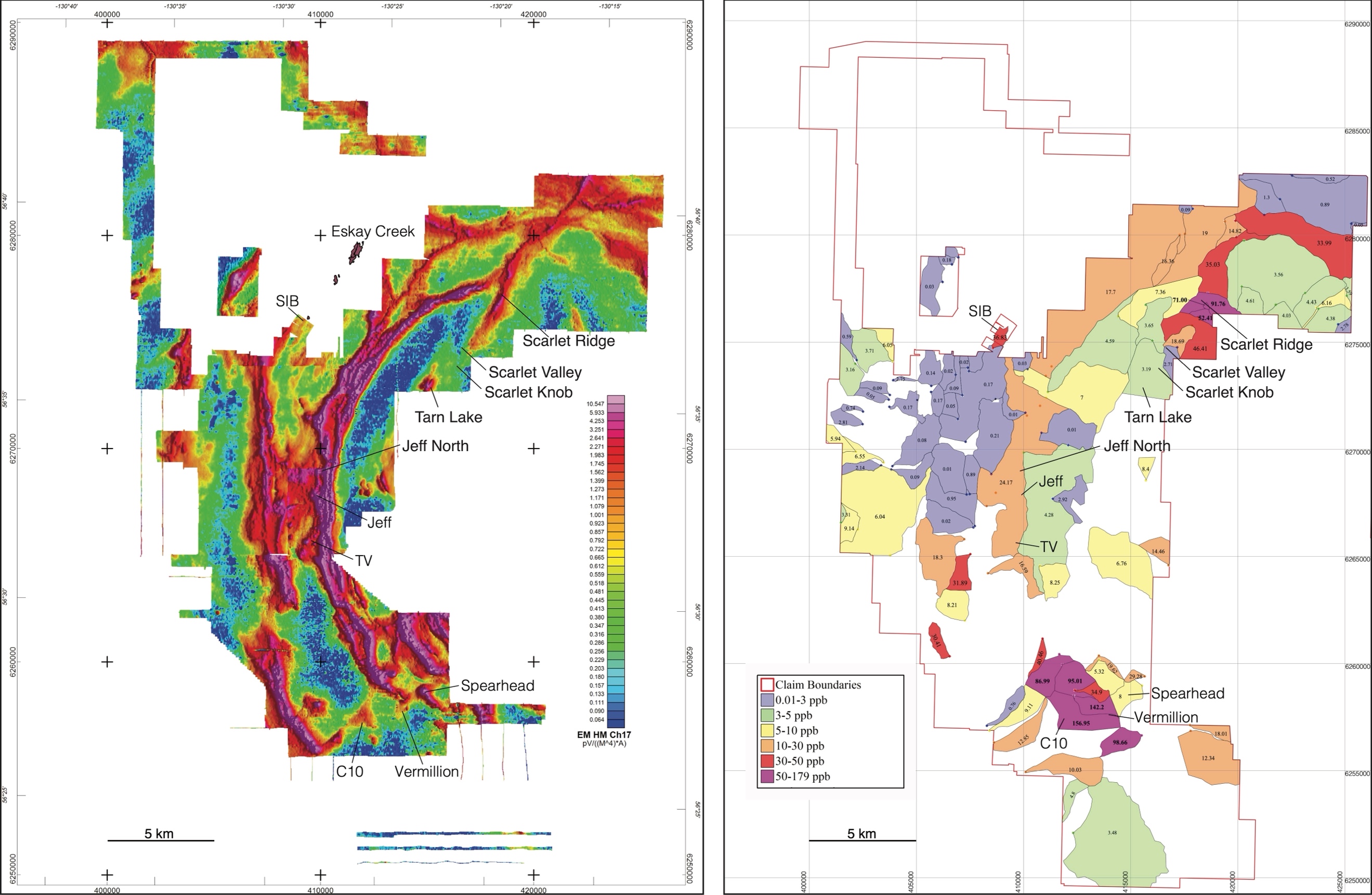

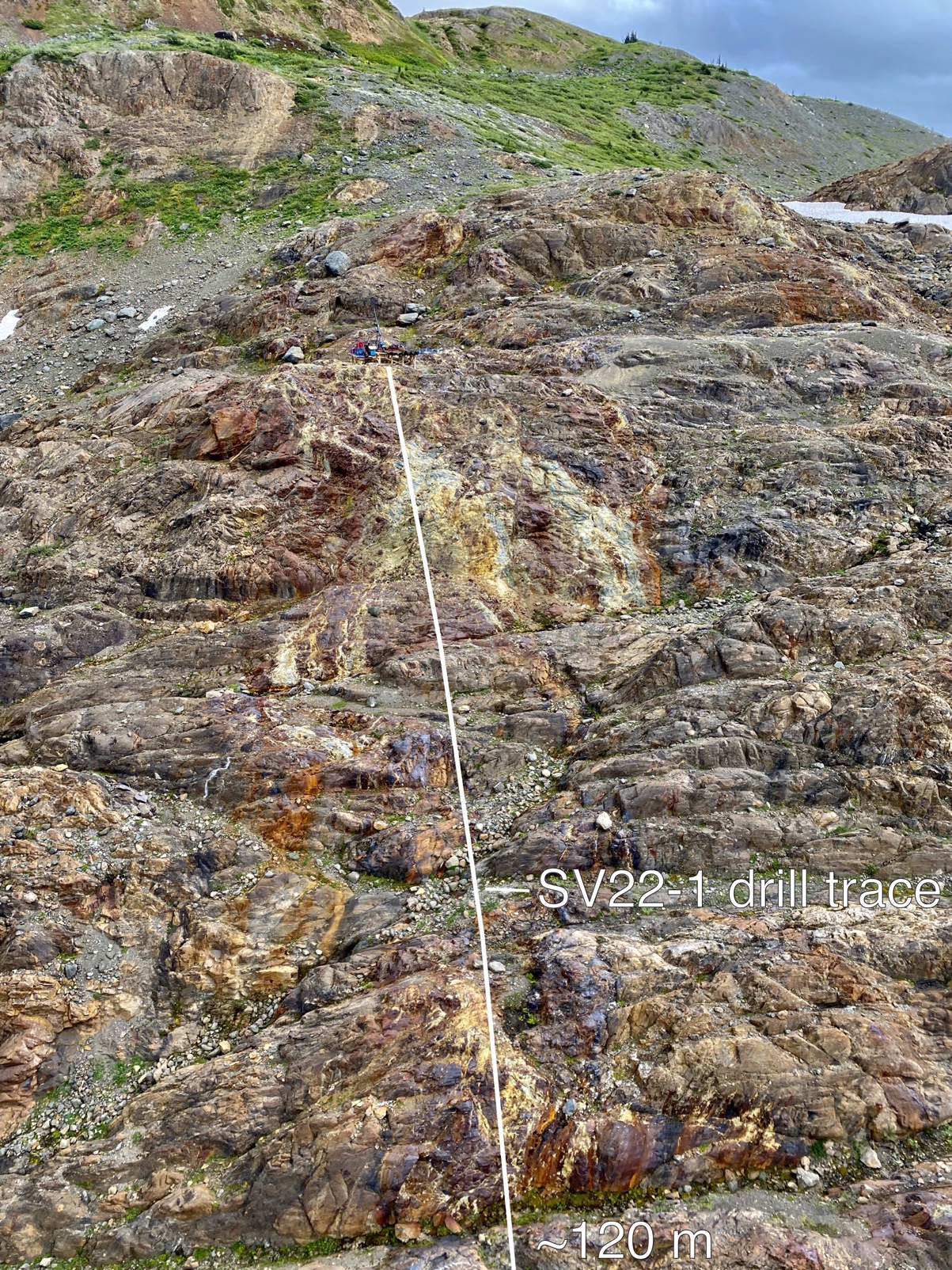

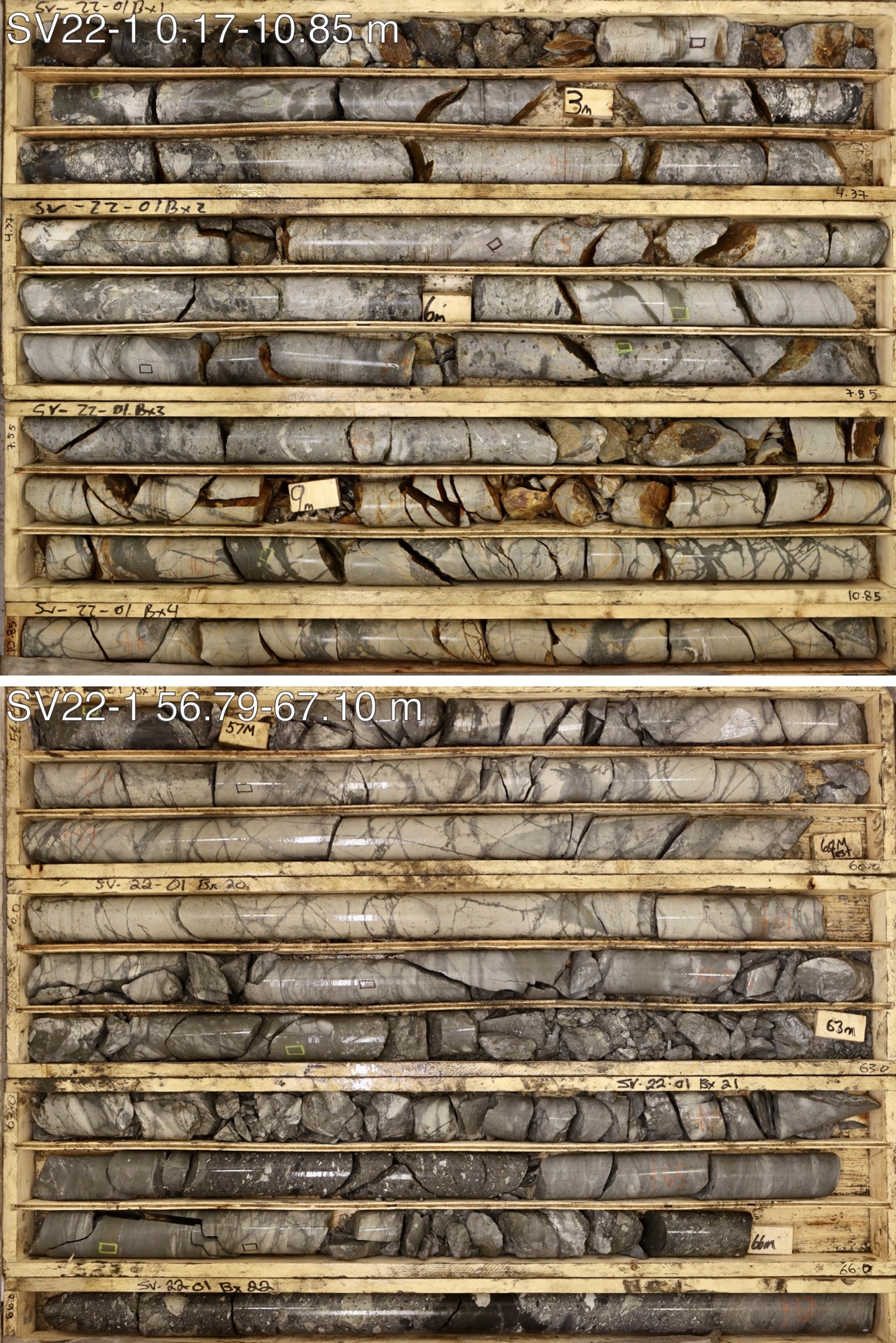
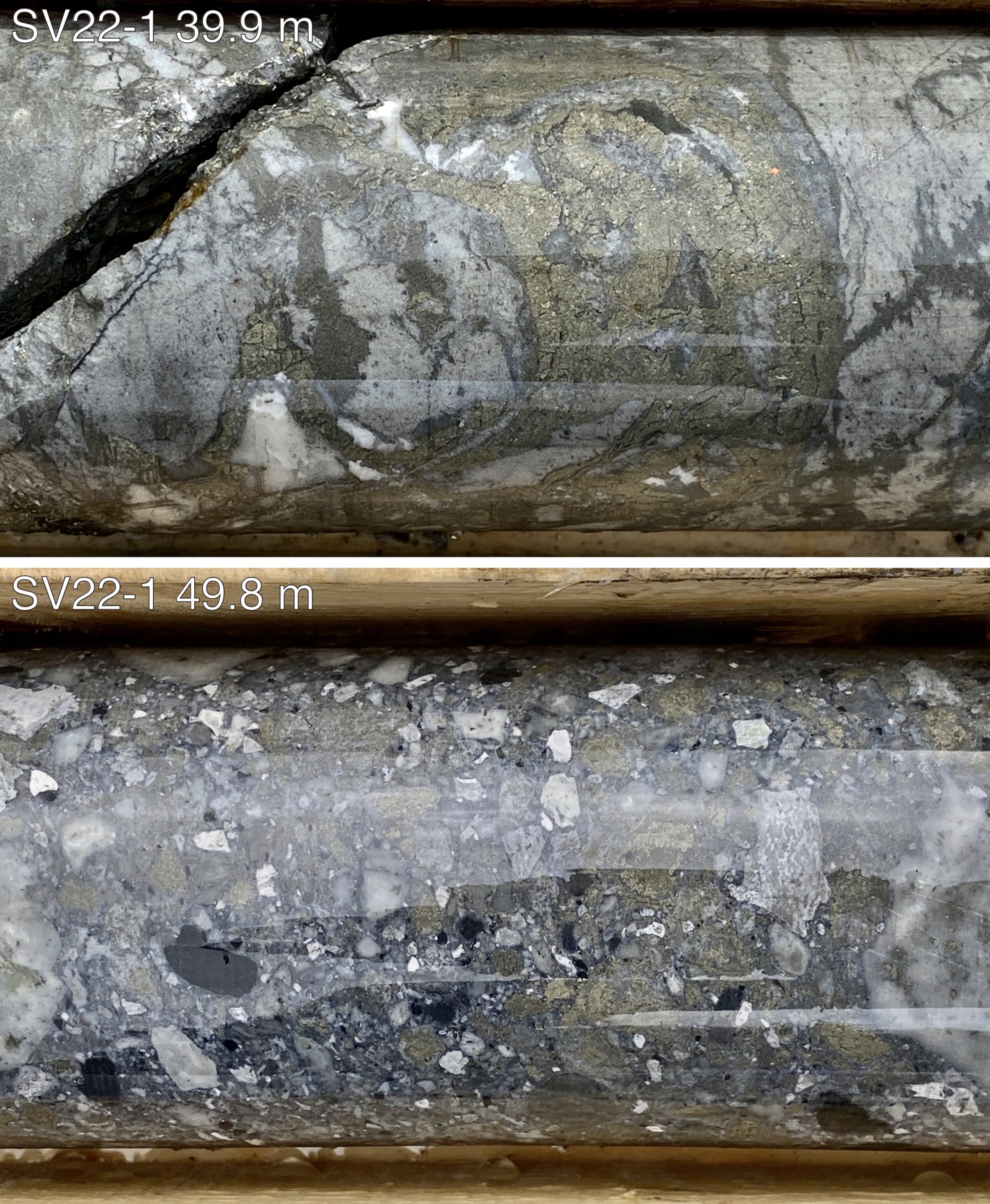
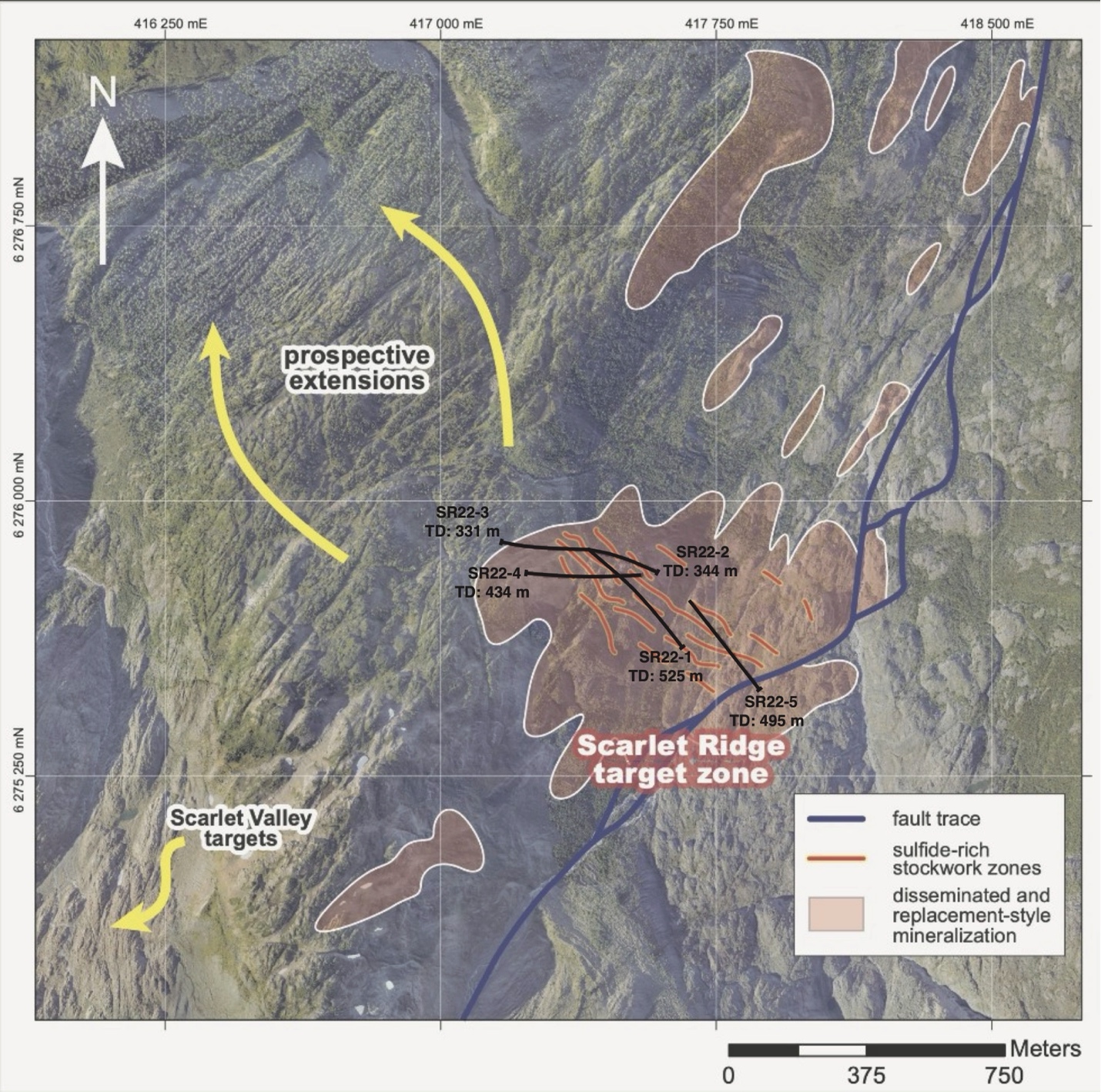
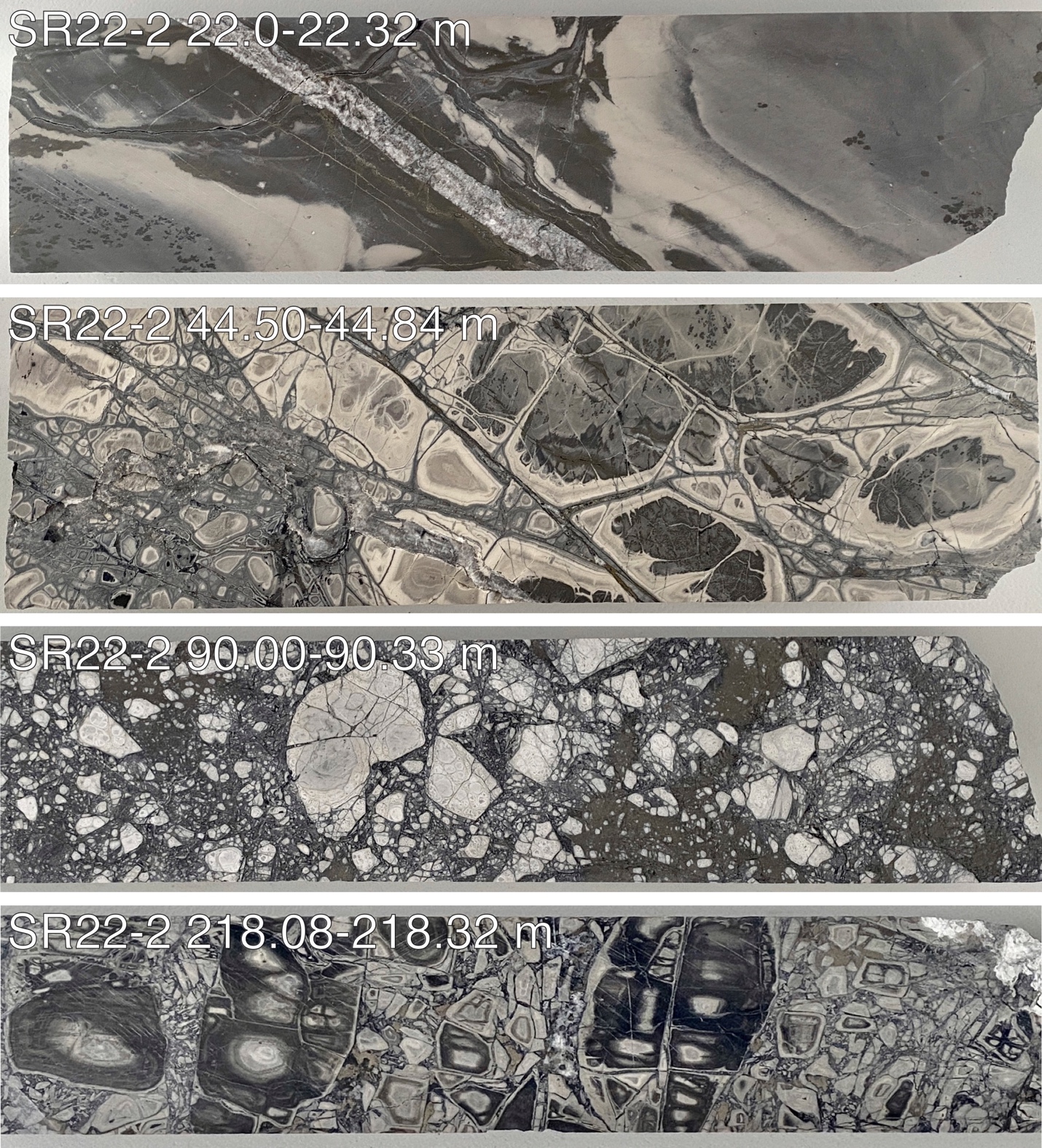

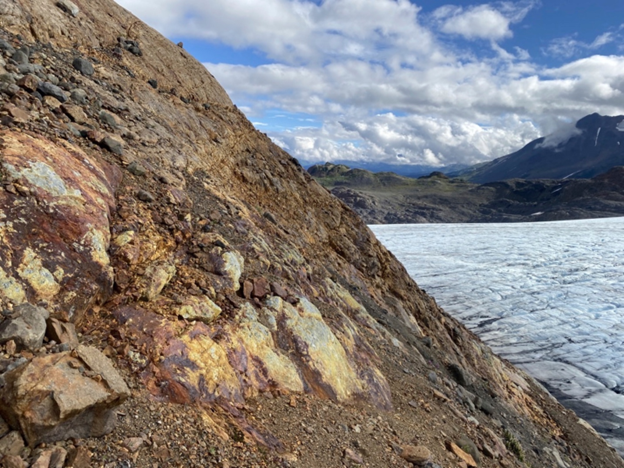

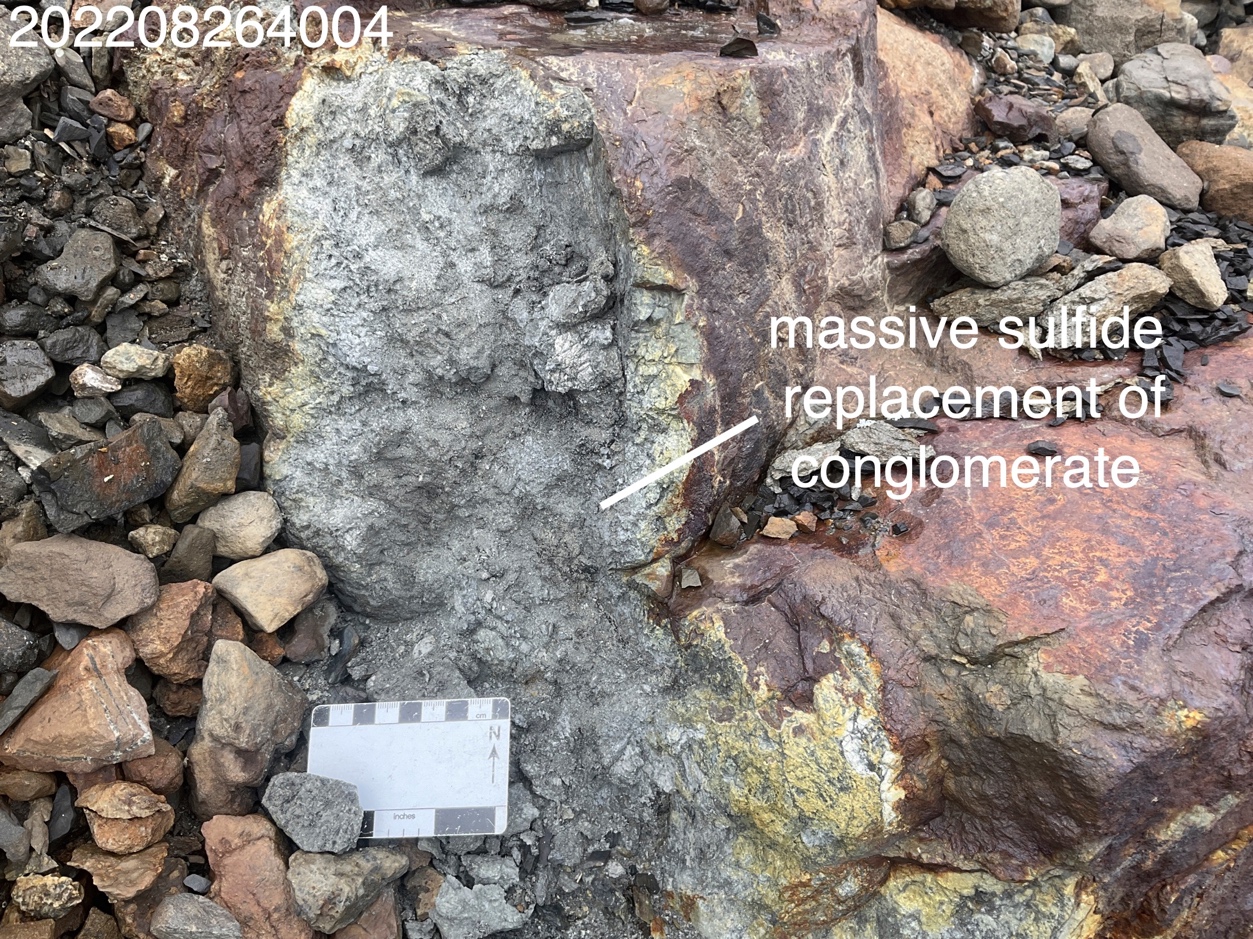
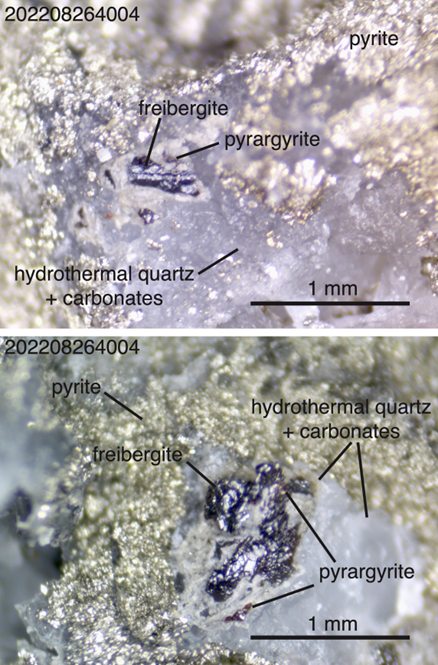
SOURCE: Eskay Mining Corp.
View source version on accesswire.com:
https://www.accesswire.com/714243/Eskay-Minings-Maiden-Scarlet-Valley-Drilling-Commences

